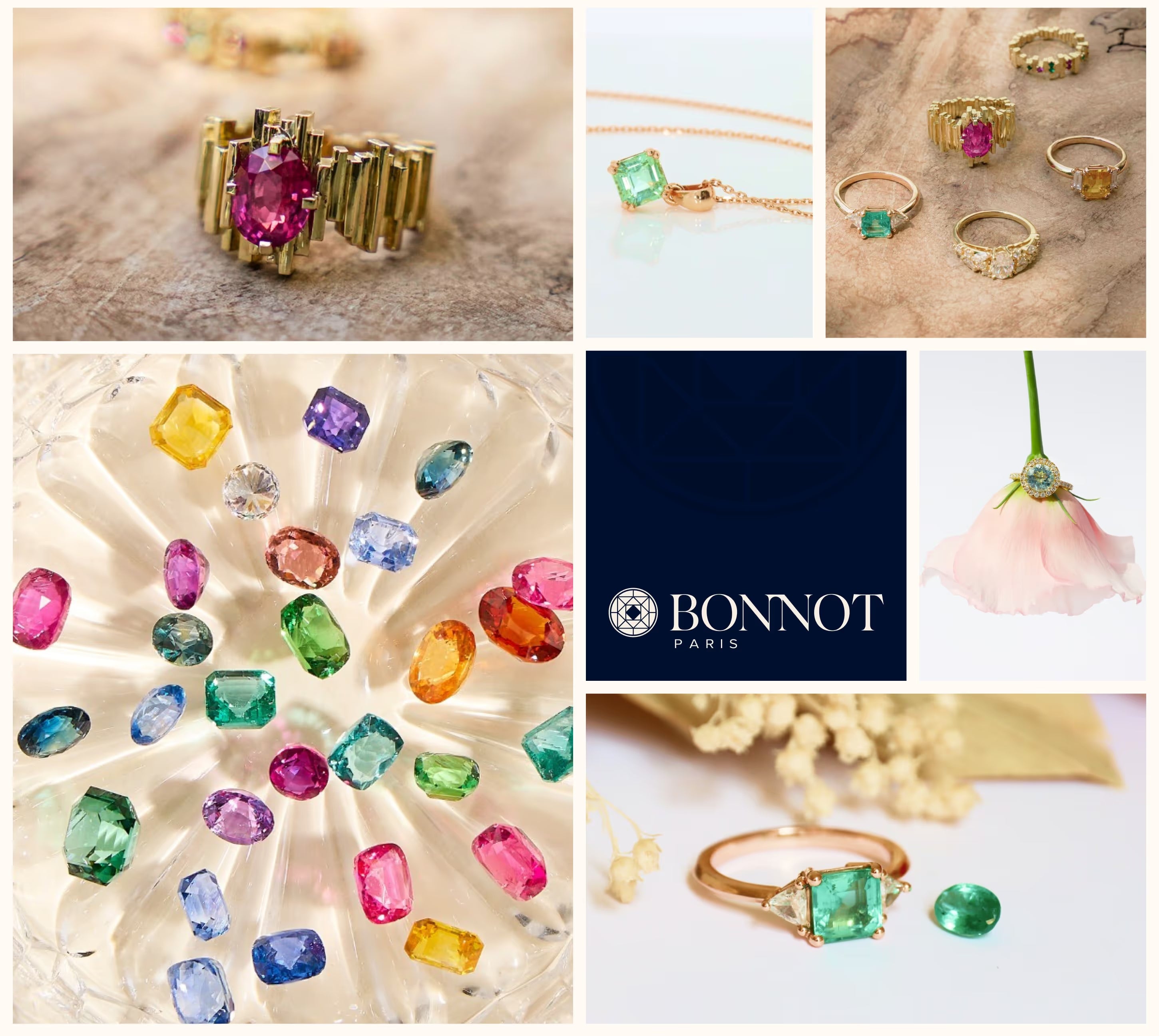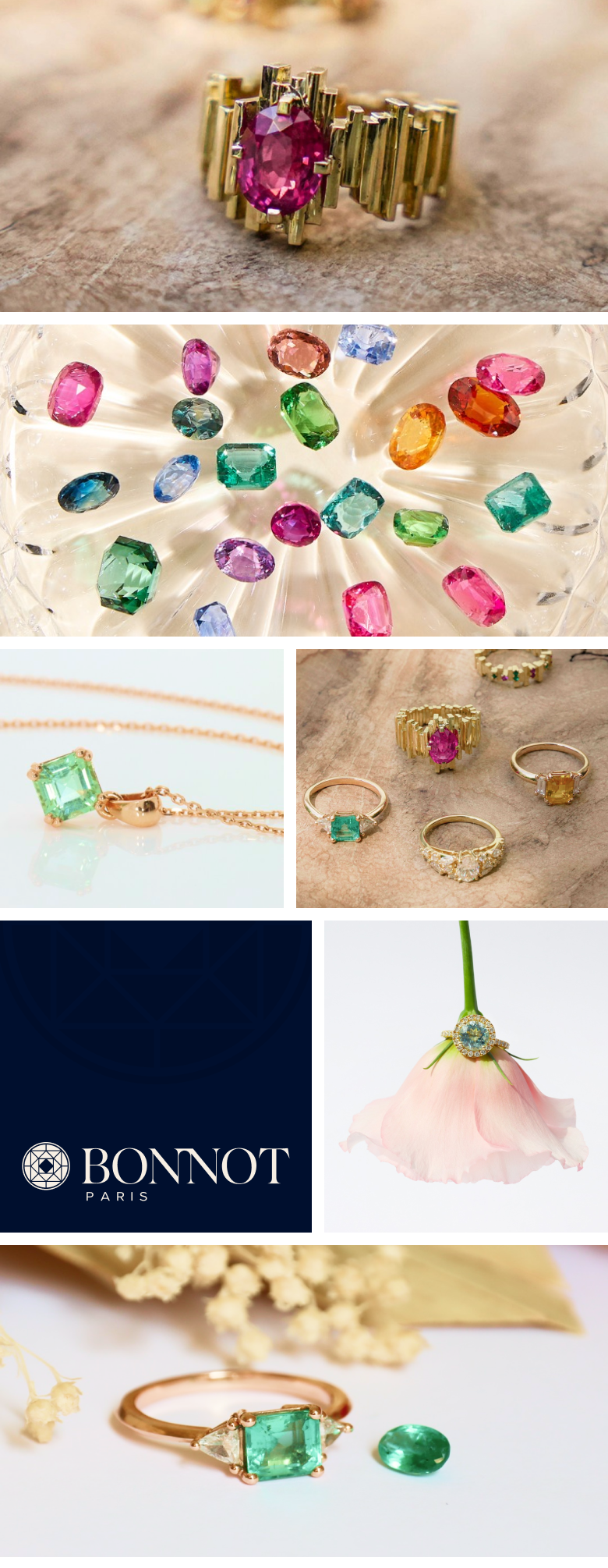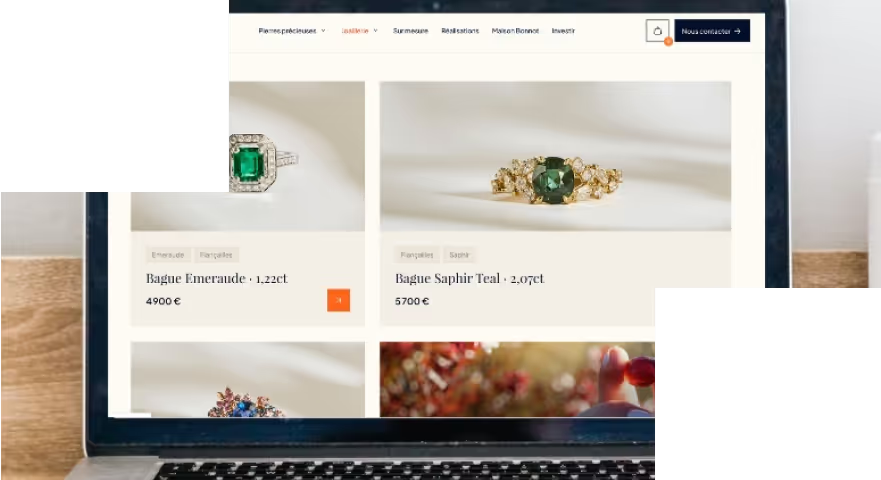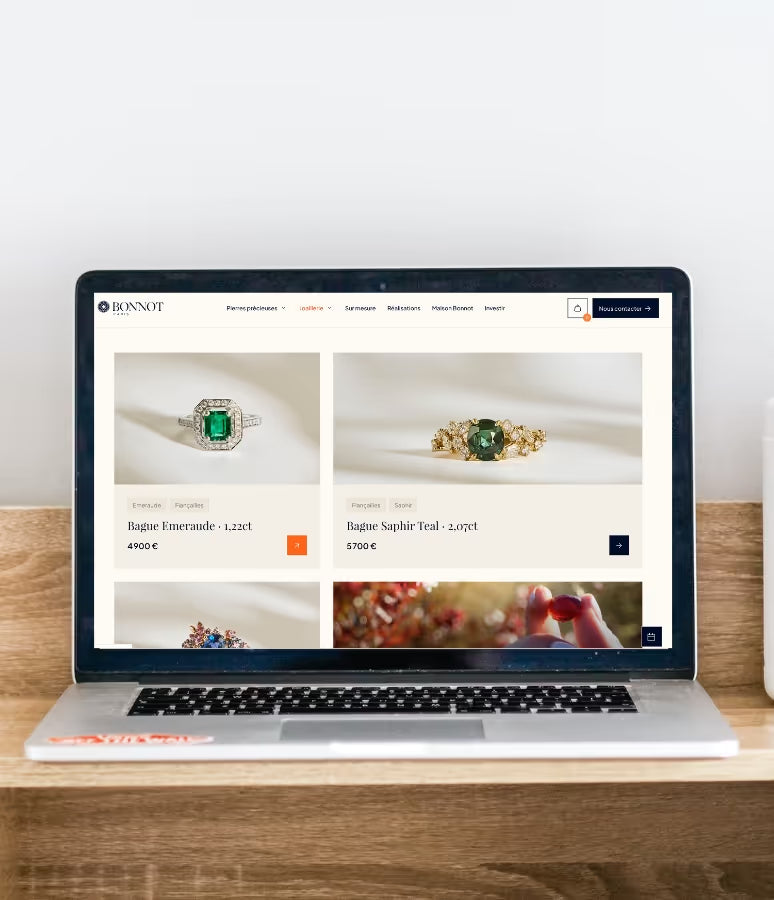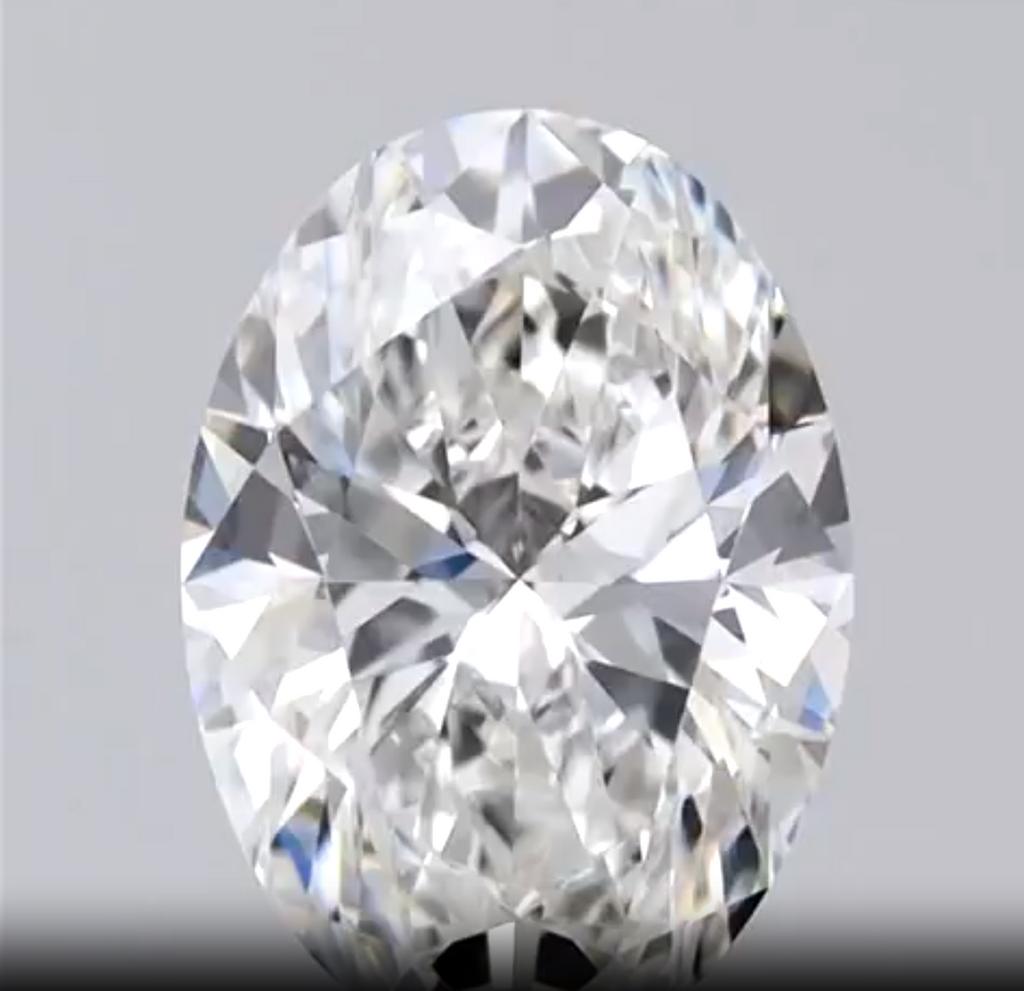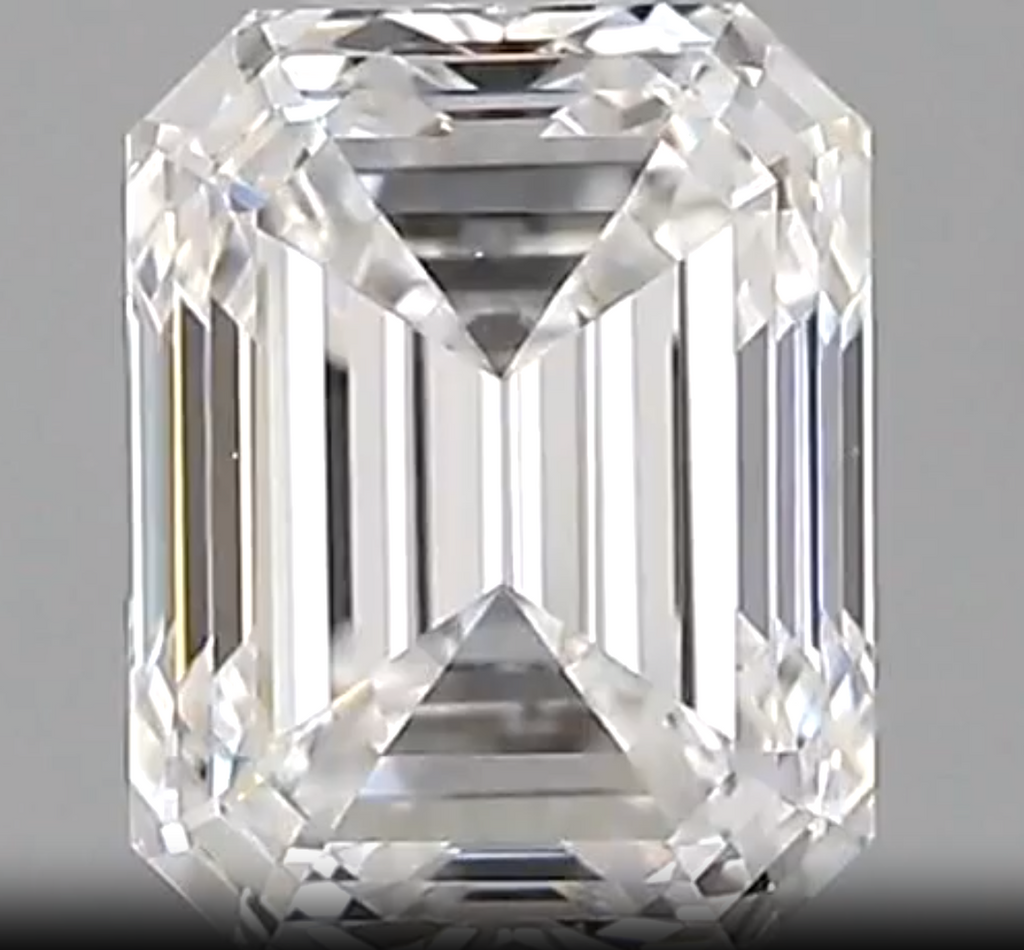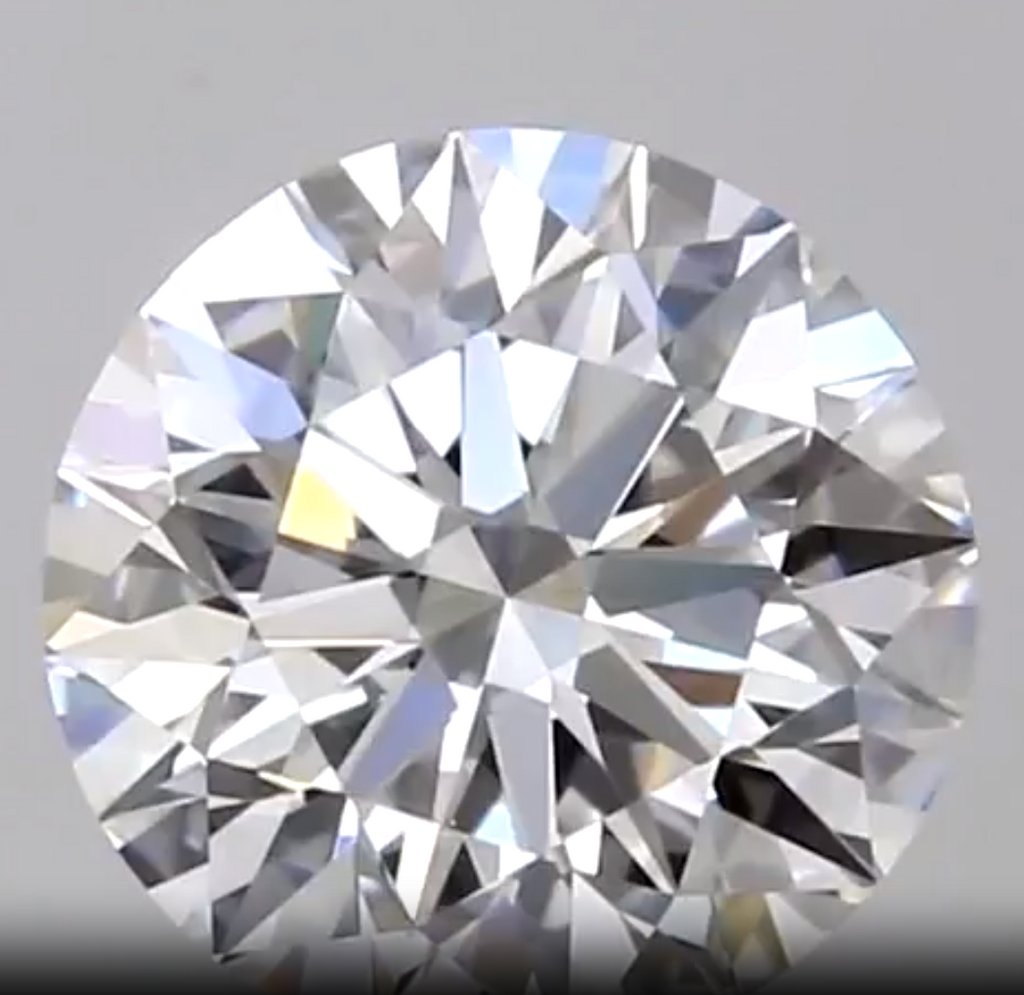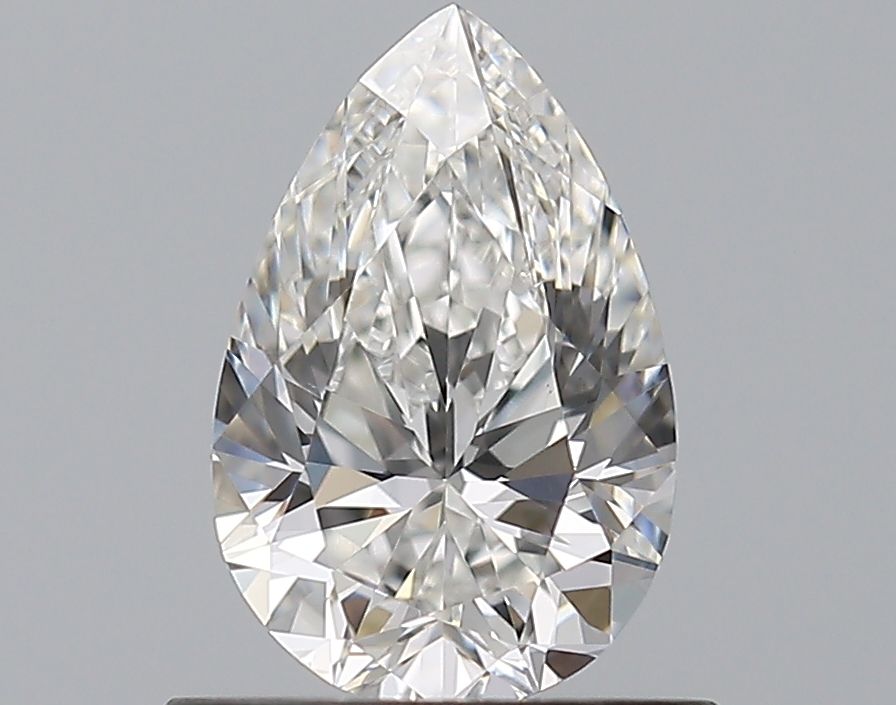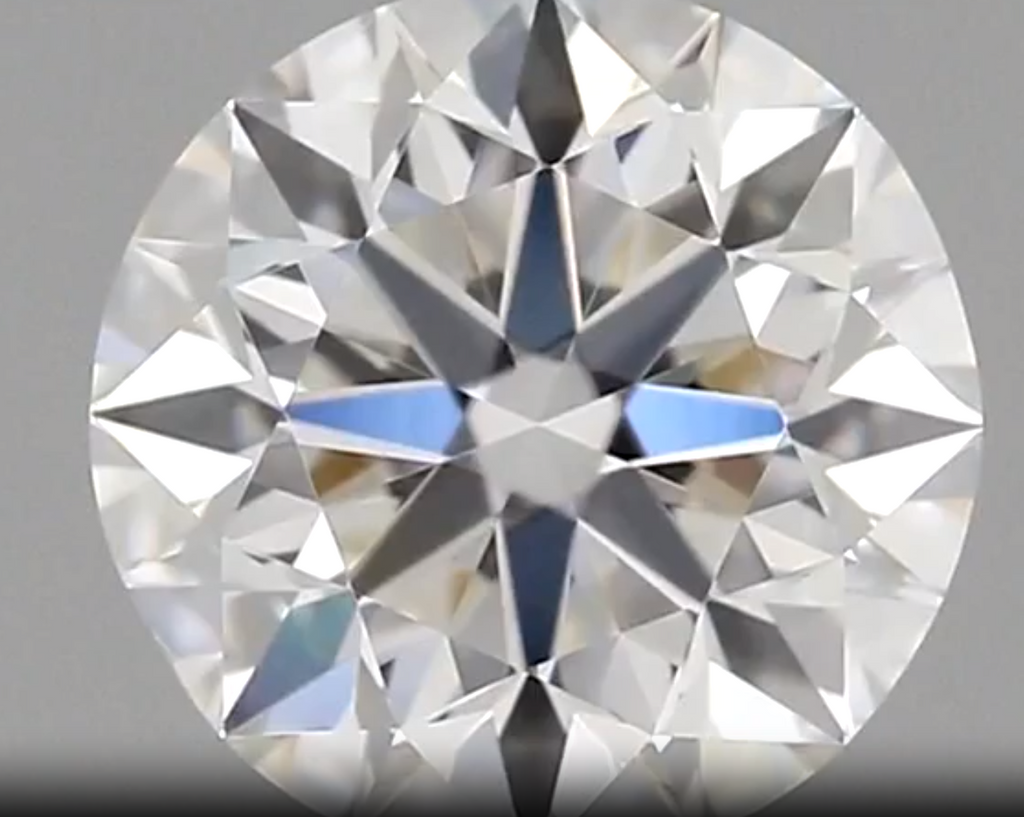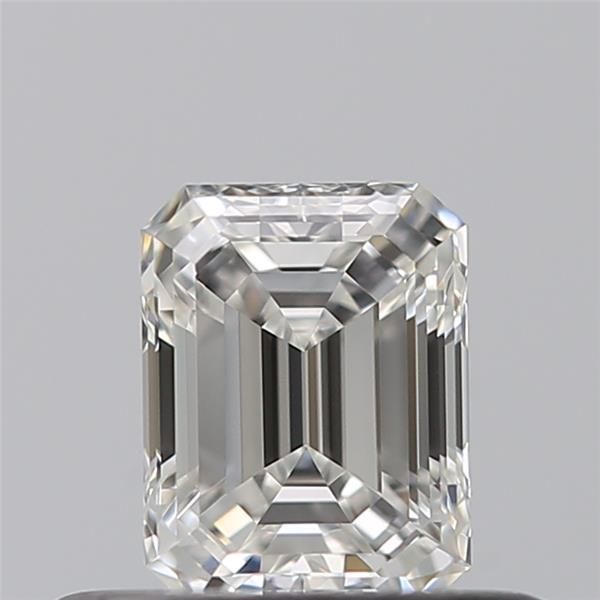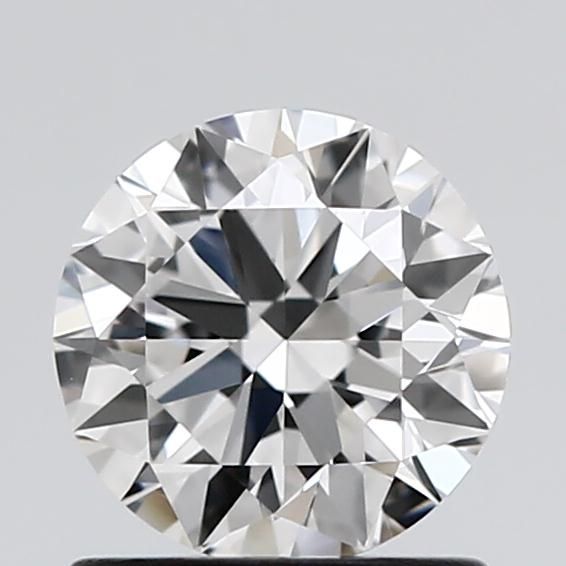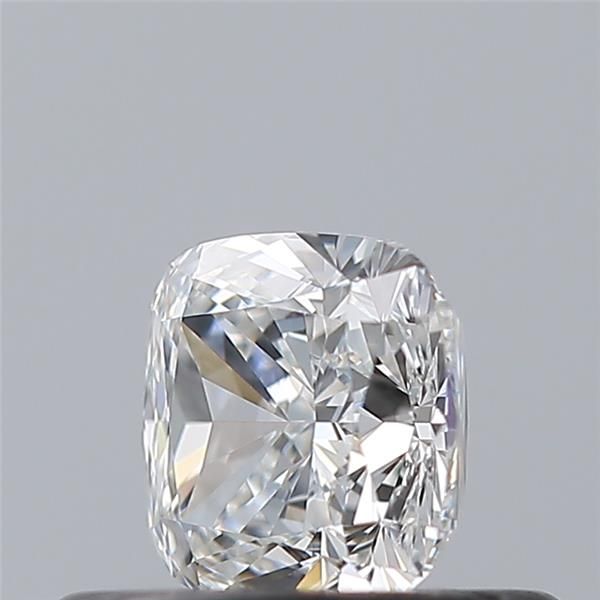Diamond
THE Diamonds represent the pinnacle of luxury and elegance. These gems are renowned for their exceptional hardness and brilliant brilliance. Sourced from regions such as South Africa, Russia, and Australia, diamonds are the stone of choice for fine jewelry. Their brilliance and durability make them the ideal choice for timeless pieces symbolizing love and commitment.
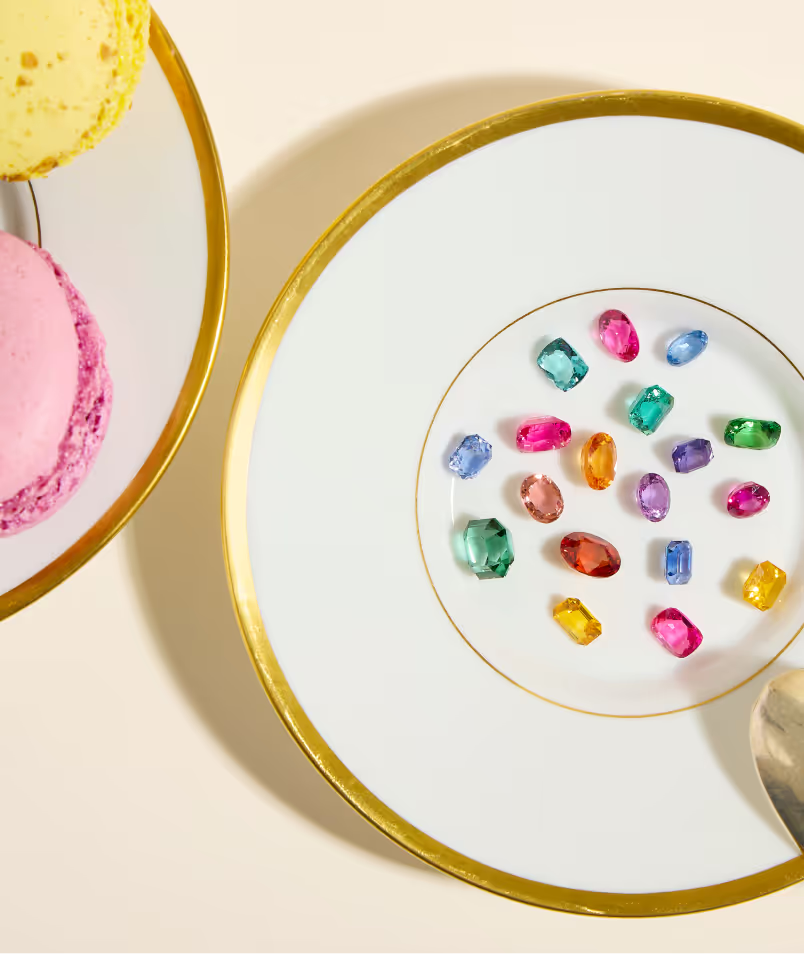
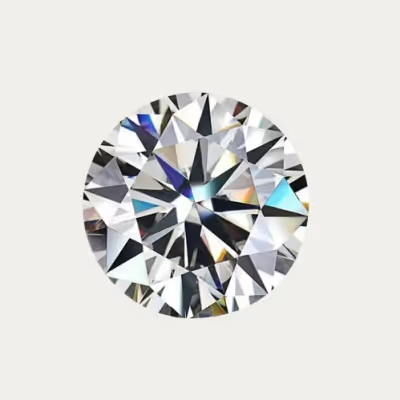
Our Instagram news
Follow us on Instagram to discover our latest creations, behind-the-scenes looks at our workshop, and exclusive glimpses of our unique gemstones.
Stay connected with Bonnot Paris and be inspired by our innovative designs and exceptional craftsmanship. Join our community and share your passion for exceptional jewelry.
 Discover
Discover
